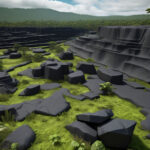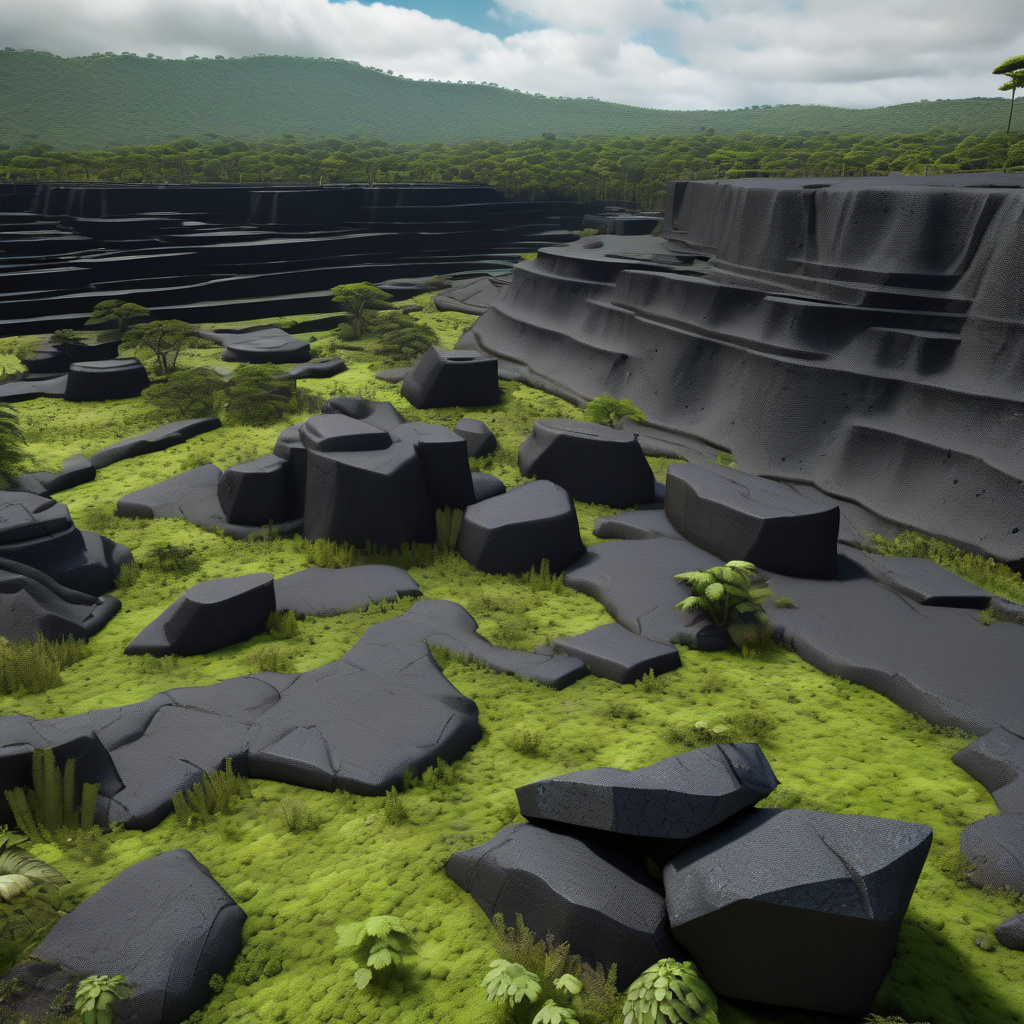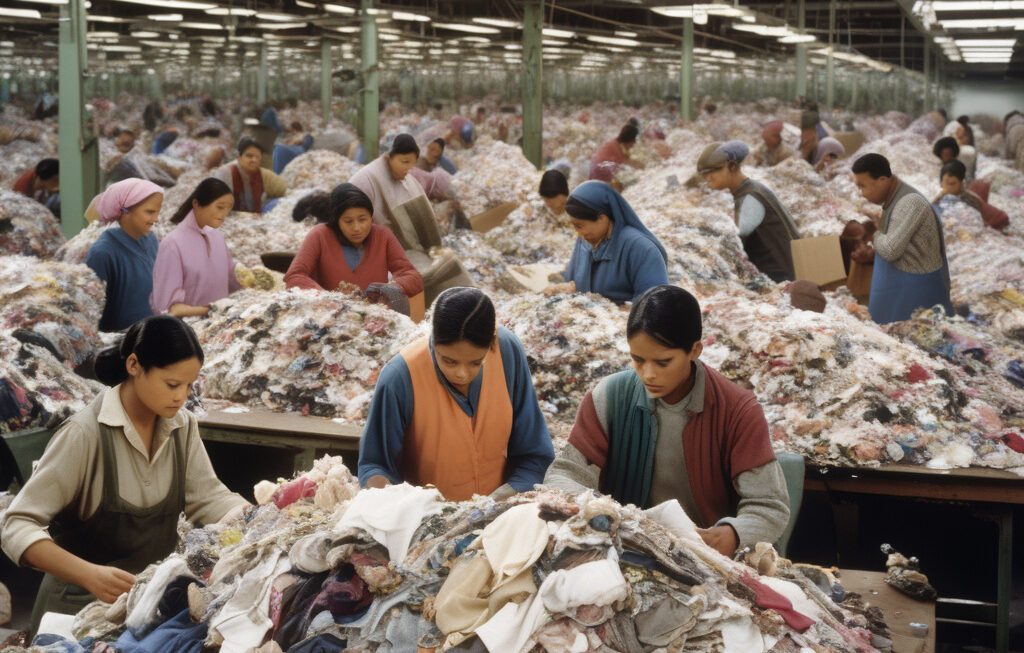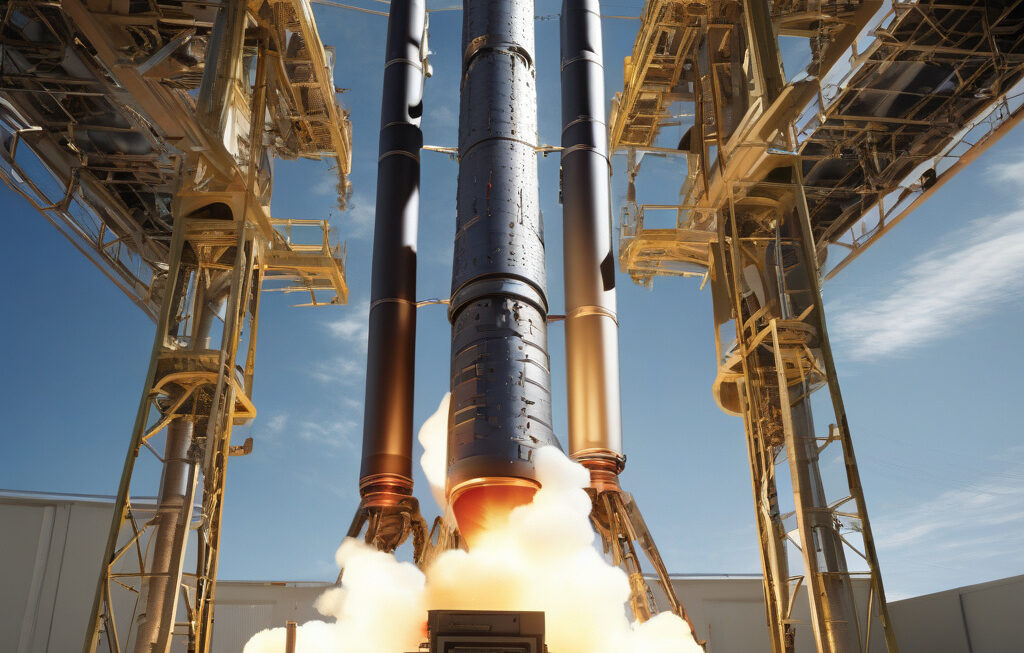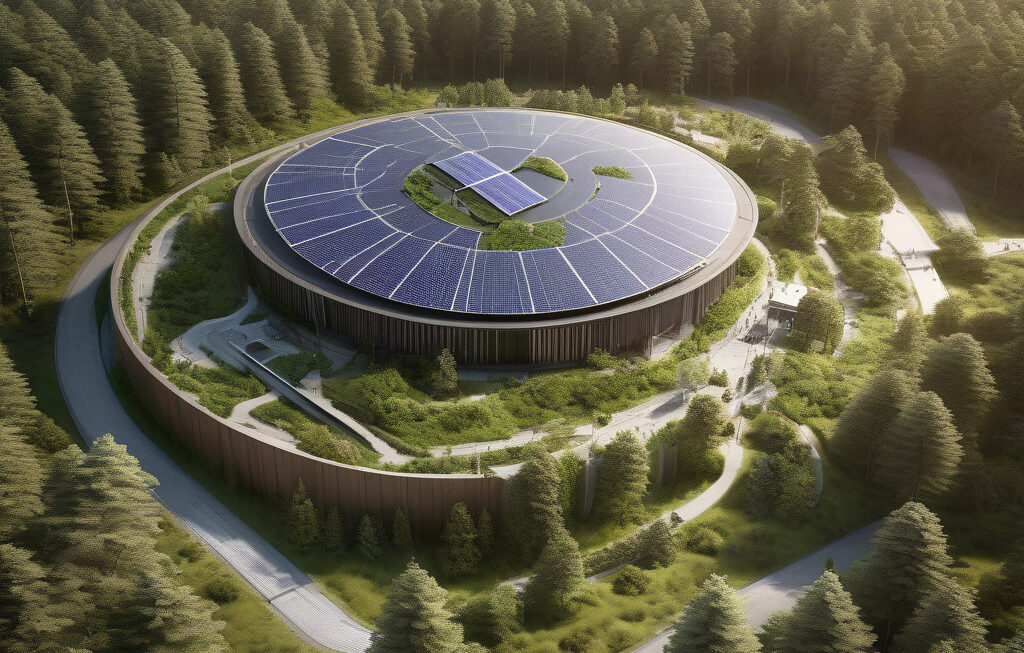Manhattan-Sized Basalt Field in Brazil Becomes Live Testbed for Carbon Removal
In Brazil, a Manhattan-sized carpet of basalt is turning farmland into a living lab for carbon removal technologies. This unique project, located in the Cerrado region, aims to explore the potential of basalt in sequestering carbon dioxide from the atmosphere, offering a promising solution to combat climate change.
Basalt, a common volcanic rock, has long been known for its ability to absorb CO2 through a natural process called mineral carbonation. When exposed to the air, the basalt weathers and reacts with carbon dioxide, forming solid carbonate minerals and locking away the greenhouse gas for potentially hundreds of thousands of years.
The project in Brazil leverages this natural process by spreading crushed basalt rock over the farmland, effectively turning the soil into a carbon sink. As plants grow and organic matter decomposes, carbon dioxide is drawn from the air and stored in the mineralized soil, helping to offset emissions from human activities.
What makes this project particularly exciting is its scale. With an area equivalent to the size of Manhattan, the basalt field provides a vast canvas for researchers to study carbon removal techniques in a real-world setting. By monitoring the soil composition, plant growth, and carbon levels over time, scientists can gain valuable insights into the effectiveness and feasibility of large-scale carbon sequestration using basalt.
Furthermore, the project serves as a beacon of innovation in the fight against climate change. As the world grapples with the urgent need to reduce greenhouse gas emissions, carbon removal technologies are gaining traction as a crucial tool in achieving carbon neutrality. By demonstrating the potential of basalt-based carbon sequestration, the Brazilian initiative paves the way for scalable and sustainable solutions to address the climate crisis.
Beyond its environmental benefits, the basalt project also holds economic potential. Carbon removal technologies are poised to become a multibillion-dollar industry in the coming years, offering opportunities for job creation, technological advancement, and sustainable development. By investing in innovative projects like the basalt field in Brazil, countries can position themselves as leaders in the global transition to a low-carbon economy.
As the world looks to accelerate efforts to combat climate change, initiatives like the Manhattan-sized basalt field in Brazil offer a glimmer of hope. By harnessing the power of nature and cutting-edge technology, we can turn the tide on global warming and create a more sustainable future for generations to come.
#Brazil, #CarbonRemoval, #BasaltField, #ClimateChange, #SustainableDevelopment






